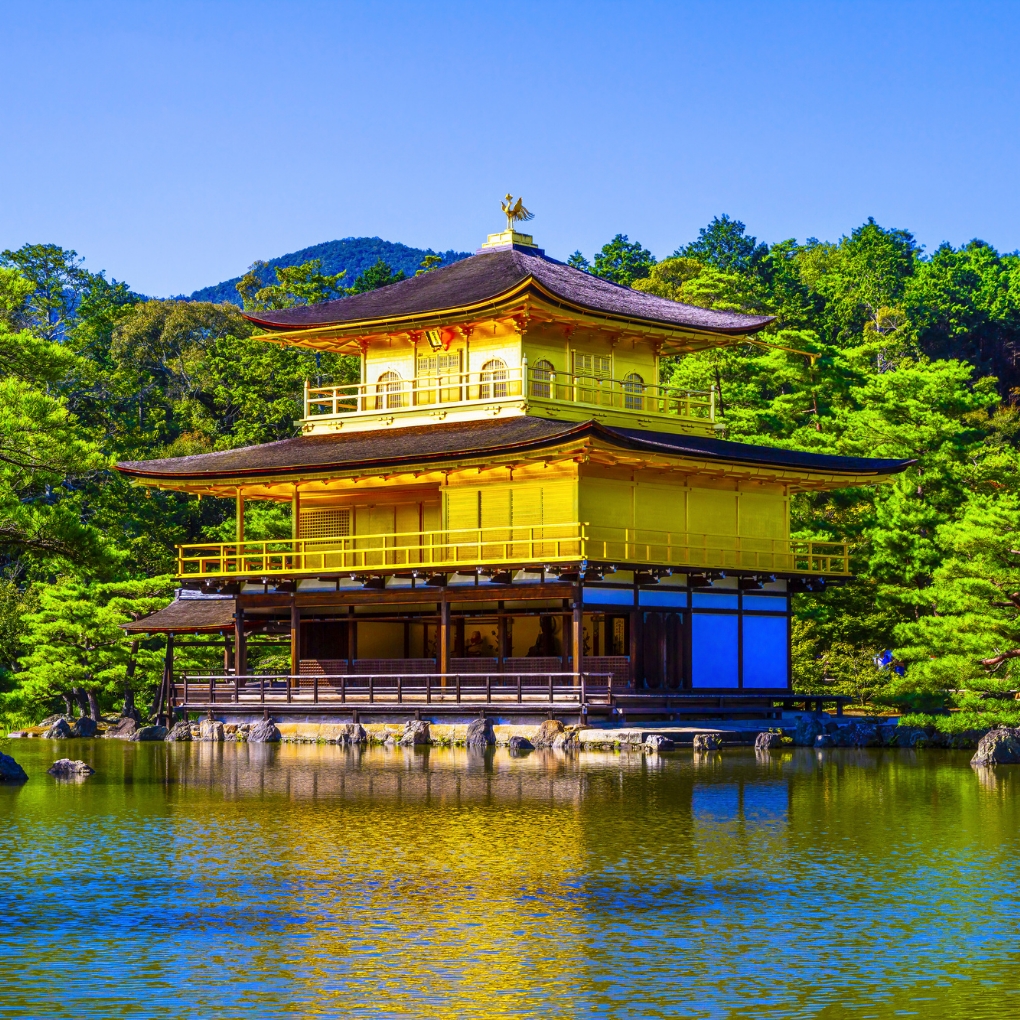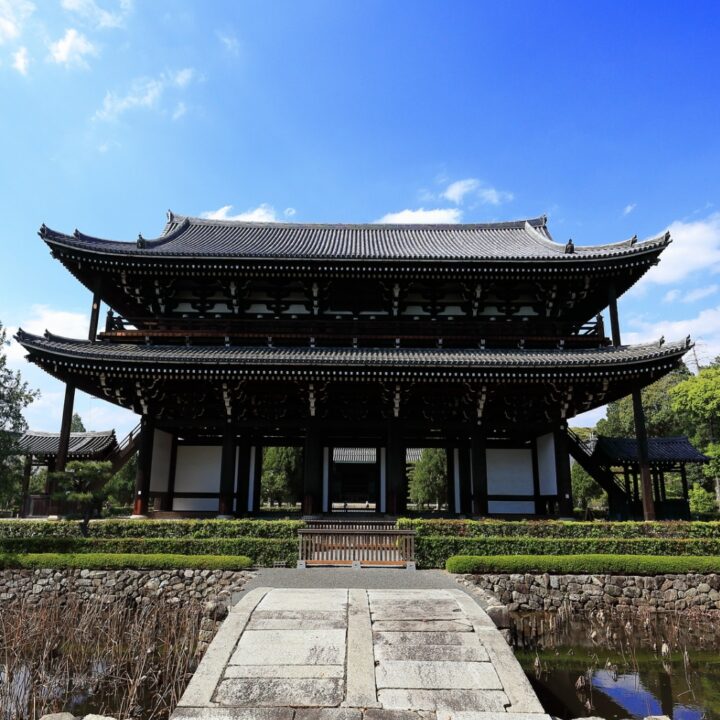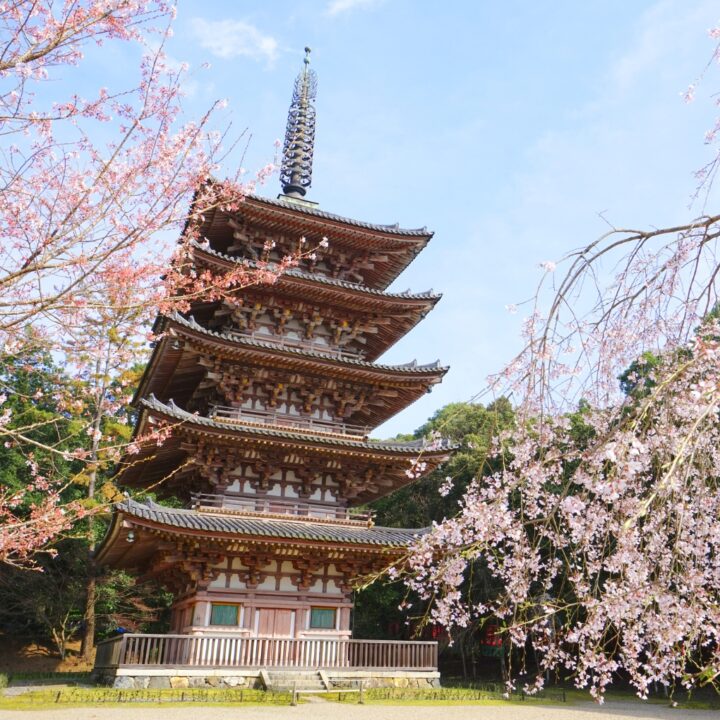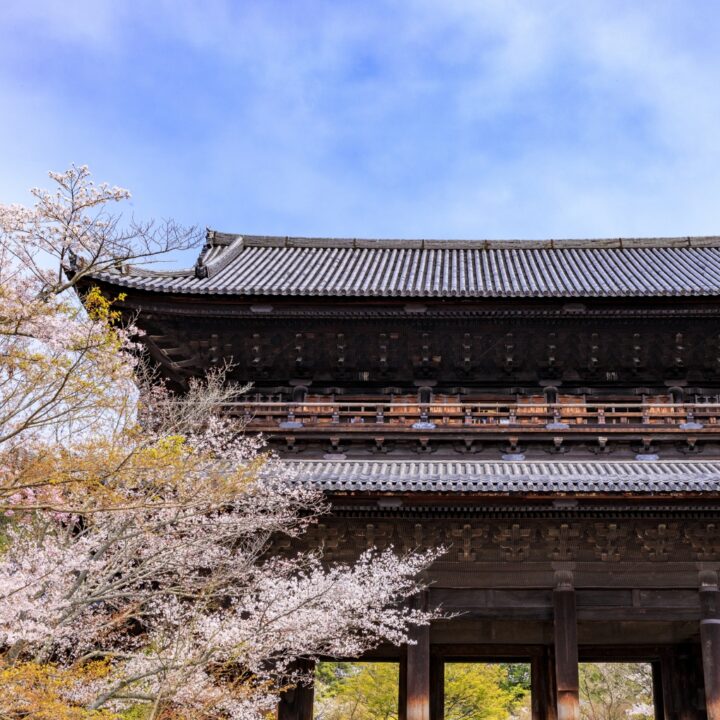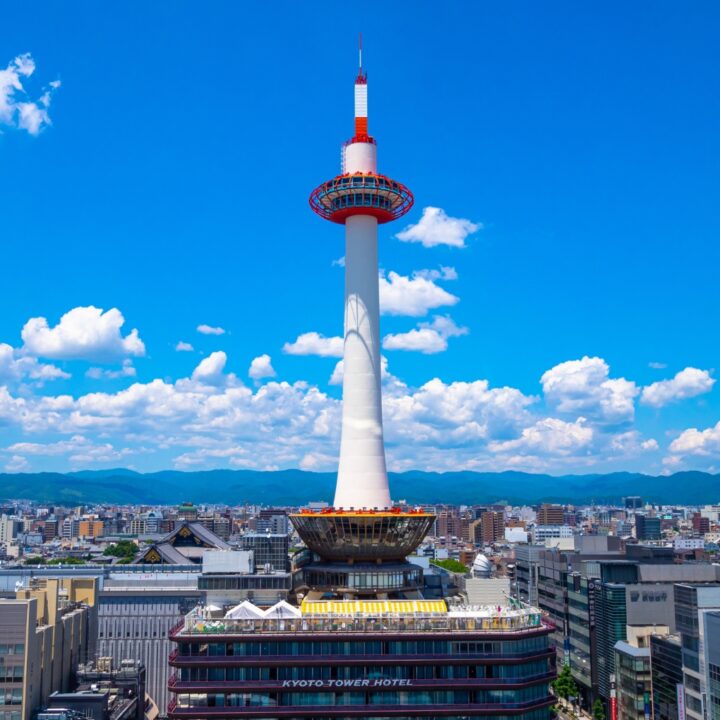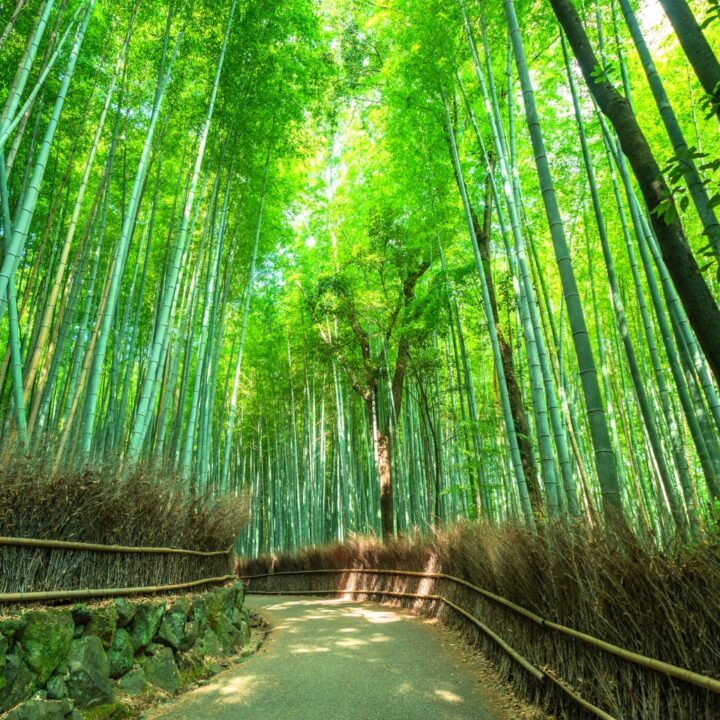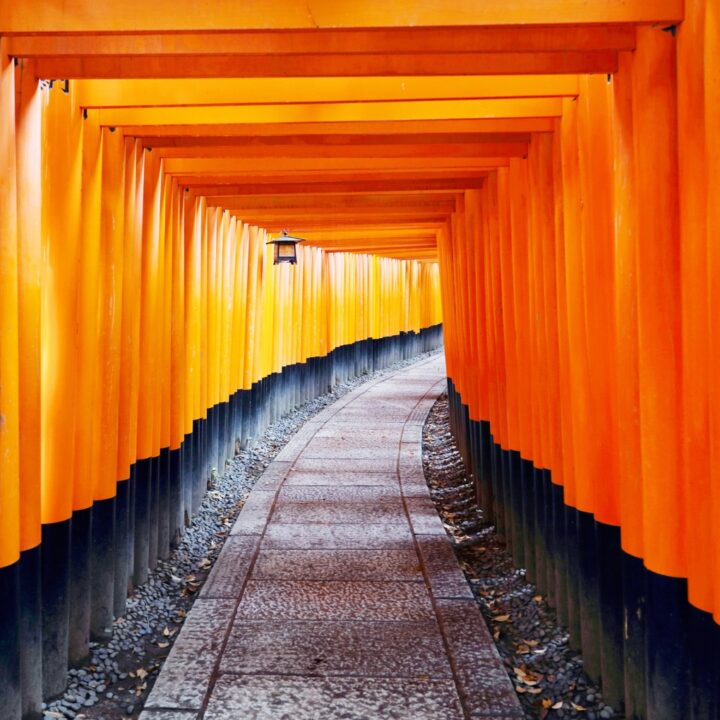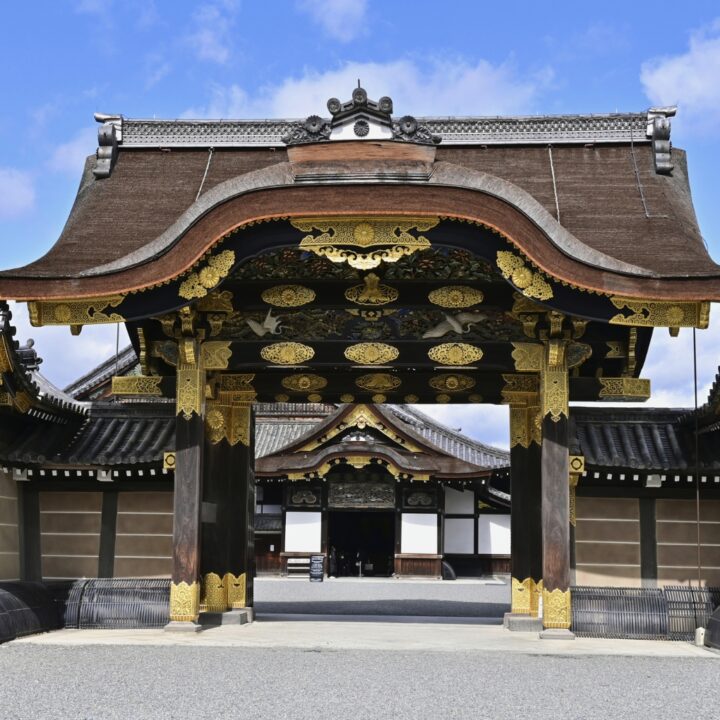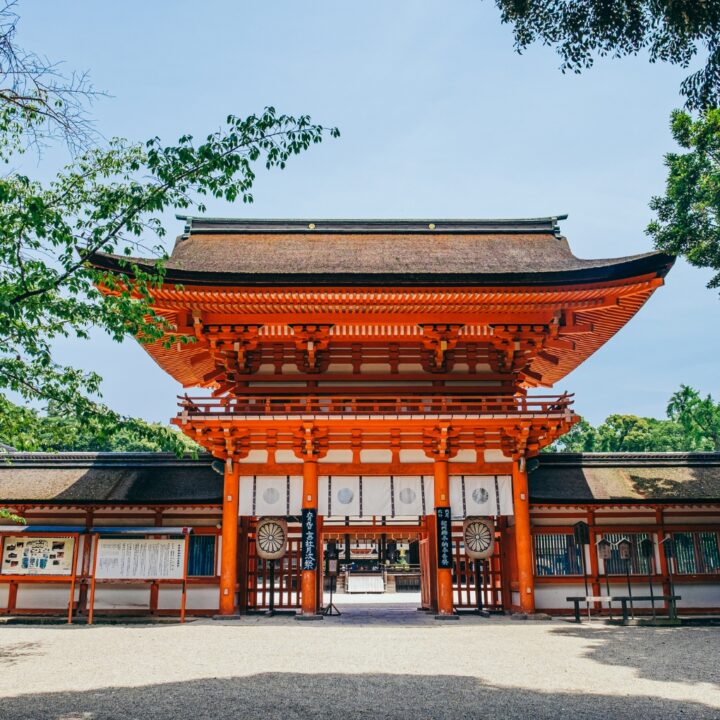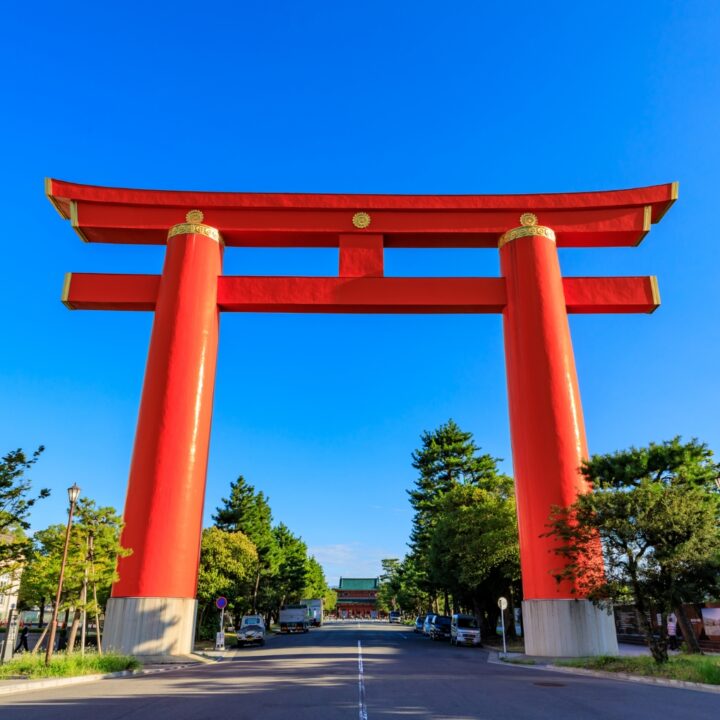Kinkaku-ji (The Golden Pavilion), officially known as Rokuon-ji, is a stunning Zen Buddhist temple in Kyoto renowned for its iconic golden pavilion (kinkaku). Originally constructed in the 14th century by the Shogun Ashikaga Yoshimitsu, this historic temple is celebrated for its rich heritage and stunning gardens that transform with each passing season, making it a major attraction for visitors to Japan. The temple’s picturesque pond reflects the golden pavilion’s image, captivating visitors with its serene beauty. Although Kinkaku-ji suffered a devastating fire in 1950, it was meticulously reconstructed, preserving its timeless beauty. Kinkaku-ji stands as a symbol of Japan’s traditional beauty and cultural heritage, attracting visitors from around the world.
Highlights
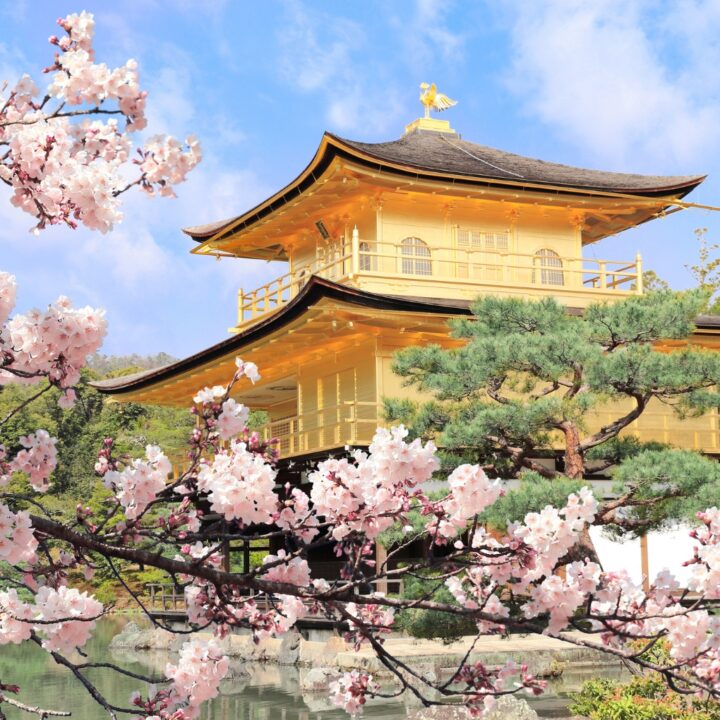
The Radiant Golden Pavilion
The dazzling golden pavilion is the iconic centerpiece of Kinkaku-ji and a sight that leaves an indelible impression on visitors. The pure gold leaf that covers the temple's second floor shines brilliantly under Kyoto's natural light. Across the changing days and seasons, the golden pavilion displays a mesmerizing array of hues and reflections, enchanting all who witness its beauty. This unforgettable sight remains a highlight of any Kyoto travel experience, captured in countless photographs and memories.
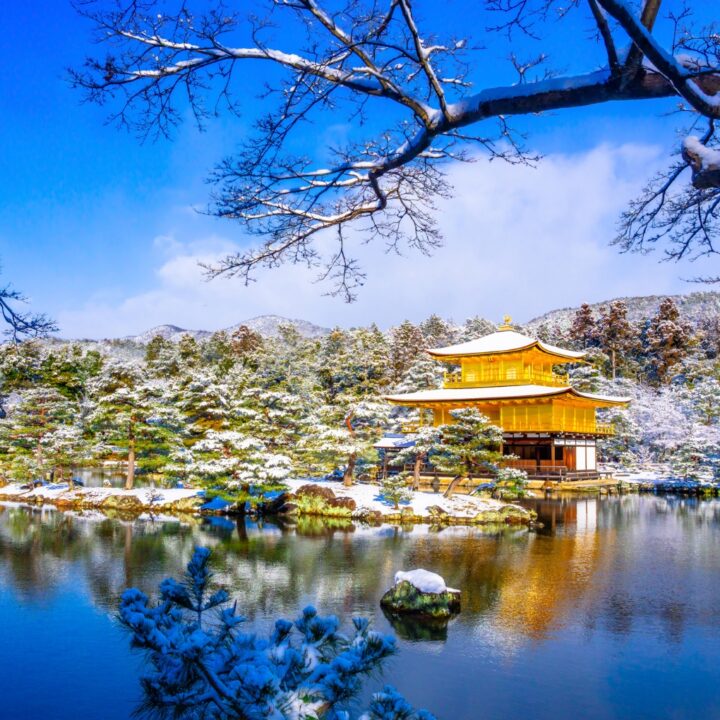
The Serene Gardens and Pond
Kinkaku-ji's exquisite gardens and pond offer visitors a tranquil respite and breathtaking scenery. The reflection of the golden pavilion on the mirror pond, known as Kyokochi, is a sight that cannot be missed, especially when framed by Kyoto's ever-changing seasonal landscapes. From the fresh greenery of spring, to the deep verdant hues of summer, the vibrant fall foliage, and the occasional snow-capped vistas of winter, the gardens' transformations accentuate the pavilion's beauty throughout the year.
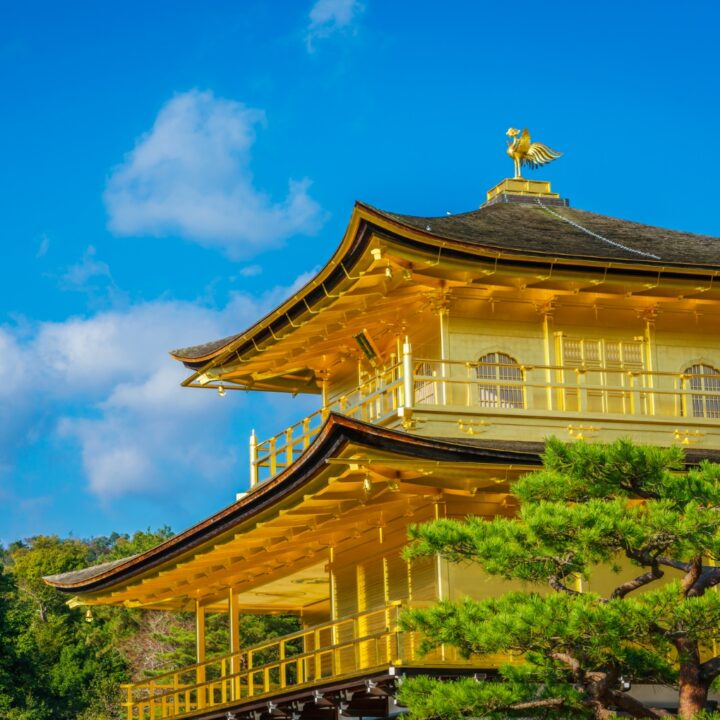
A Historic Architectural Masterpiece
Kinkaku-ji is a significant historical landmark and a representation of Japan's rich cultural heritage. Built in the Muromachi period, this temple was commissioned by Shogun Ashikaga Yoshimitsu and is renowned for its striking golden exterior. The architectural design of Kinkaku-ji reflects Japan's traditional building styles and aesthetics. It offers visitors from around the world a glimpse into the depth of Japan's history and culture.
Information
| Name in Japanese | 金閣寺(鹿苑寺) |
| Postal Code | 603-8361 |
| Address | 1 Kinkakujicho, Kita-ku, Kyoto City, Kyoto |
| Telephone | 075-461-0013 |
| Holiday | Open every day |
| Business Hours | 9:00am-5:00pm |
| Admission | 500 yen |
| Directions | From JR Kyoto Station, ride Kyoto Municipal Bus, Route MN205 that passes Hankyu Kyoto Line’s Shijo Kawaramachi Station, Keihan Main Line’s Sanjo Station or JR Enmachi Station, get off at Kinkaku-ji Michi, and walk 5 min. |
| Official Website | Official Website |
FAQ
When is the best time to visit Kinkaku-ji?
The best time to visit Kinkaku-ji varies according to personal preference, as each season offers unique and beautiful landscapes. Spring brings cherry blossoms, summer showcases lush greenery, autumn displays vibrant fall foliage, and winter occasionally adorns the temple with snow. The fall foliage season (mid-November to early December) and the snow-covered vistas after a fresh snowfall are particularly popular, as the golden pavilion stands out against these stunning backdrops.
How do I get to Kinkaku-ji?
Kinkaku-ji is easily accessible from within Kyoto City using public transportation. It’s approximately a 40-minute bus ride from Kyoto Station. Take a city bus and get off at the “Kinkakuji-michi” or “Kinkakuji-mae” bus stop, and the temple is a short walk away. Taxis and bicycles are also options, but travel times may vary depending on traffic conditions within the city.
Can I take photographs at Kinkaku-ji?
Photography is generally permitted on the temple grounds of Kinkaku-ji, but there may be restrictions in certain areas, such as inside the golden pavilion itself. Visitors can capture the stunning exterior of the golden pavilion and the beautiful garden scenery, but should be mindful and respectful of other visitors when taking photographs.

